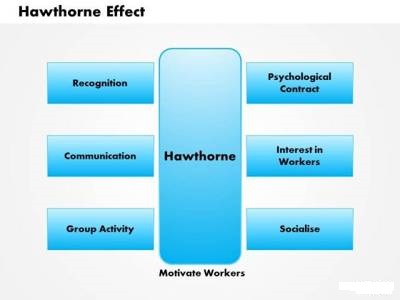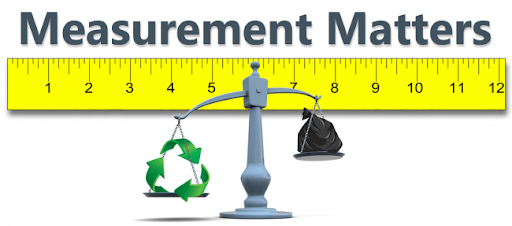- The Problem of Measuring Productivity and Focus (Pt 1)
- How do you KPI a KPI? Measuring your Measurement Framework (Pt 2)
- Why Being Measured Leads to Better Productivity (Pt 3)
Last week we blogged about Measuring your Measurement Framework (or KPIs) and the previous week we discussed the problem of measuring productivity in general and arrived at a conclusion that some of the problem is the measurement frameworks themselves. With that being said, we now ponder, why is it that people being measured leads to massive productivity gains? Let’s explore.
Being watched can boost productivity
The mere presence of someone else can make the brain sharpen its focus. In the company of a friend, monkeys became more productive at a simple job, researchers report from 2015’s April edition of Cerebral Cortex. This diligence was accompanied by heightened activity in brain regions that focus attention.
The results clarify why performance can change when an observer hovers nearby, even if that observer isn’t talking or interacting in any way. This effect, known as social facilitation, might explain why people sometimes excel when an audience is watching.

In the experiment, Elisabetta Monfardini of INSERM, the French National Institute of Health and Medical Research, and colleagues trained three rhesus monkeys to touch images of rainbows, armchairs, backpacks and other objects as they appeared on a screen. Sometimes the monkeys worked alone. Other times, a familiar companion that had grown up with the monkey was nearby, but not interacting with the worker. “The companion monkey was just a presence in the room,” Monfardini says.
In the company of a friend, the monkeys touched the images about three times more than when the monkeys worked alone, the researchers found. Brain activity changed too. PET imaging revealed that brain regions known to be involved with attention, including the frontal and parietal cortices, were more active when the monkeys worked while an observer hovered nearby. That suggests that the presence of another monkey hones the brain’s focus.
But the influence of an observer could easily shift, depending on the particulars of the situation, Monfardini notes. In the experiment, the bystander was a familiar monkey; a strange or hostile observer might evoke a completely different effect. The effect of an observer may also change depending on the task at hand. Easy or well-known tasks may be enhanced by another’s presence, while difficult tasks might actually suffer. And the brain regions involved might also change depending on the scenario.
If shifts in attention — and therefore performance — occur when people are observed, the results could have far-ranging implications, Monfardini says. “This should be taken into account in school, at work, and more generally in everyday life.”
Given the similarities between people and monkeys, it’s “very likely” that the same reaction occurs in people’s brains, says psychologist Michael Posner of the University of Oregon in Eugene. Attention is “involved in most things we do,” he says, including external actions and internal thoughts, memories and emotions.
Neuropsychologist Chris Frith of University College London calls the results interesting but cautions that more studies are needed to understand what’s going on in the brain. Because brain regions are multitaskers, it’s difficult to say whether changes in attention are behind the improved performance.

The Hawthorne Effect
How the process of being watched affects our performance
The Hawthorne effect essentially says that we do better when other people are watching us. This was observed during a series of experiments conducted during the 1920s and 1930s at Western Electric’s Hawthorne Works electric company. The purpose was to understand how different elements of the work environment—lighting, breaks, and hours spent at work—might affect productivity.
In one experiment, the researchers changed the lighting to see how it affected workers. They found that any change—brightening or dimming of the lights—resulted in increased productivity. Similarly, when the researchers cut out breaks and extended the workday, productivity also increased. Surprised by these results, the researchers finally concluded that the increased levels of productivity resulted from increased attention, rather than the changes made to their environment. The Hawthorne effect now describes improved performance due to one’s being observed.

Does This Theory Hold Up Today?
While we still use this term today to describe increased productivity levels due to our being observed, more recent studies have failed to reach the same conclusion. For example, in looking at the data from this original series of experiments, researchers from the University of Chicago found that other influences played a greater role in productivity levels than the original researchers reported. Furthermore, additional studies have concluded that increased feedback (rather than an increased attention) resulted in greater worker productivity.
That said, psychologists agree that the term “Hawthorne effect” is a generally fair explanation for why we might perform better in the presence of others. And I, for one, have observed this phenomenon in my own life—when I run at the gym, go to work, or even sing in the car with friends!
What does this mean for me?
On the most general terms, challenge, measurement and feedback, which is not just simply watching over someone’s shoulder is paramount to great productivity. Think of your children or even a puppy you may have been training. If you give them rules, feedback and ensure you are consistent in the way you measure them, everyone becomes successful.
Whether it be at the gym, at the office or with your kids, these measurement frameworks and ideas just make sense. Having someone there to give you feedback on the activity boost performance, productivity and learning.Next week we’ll look to examine how software can help impact remote work and how productivity can be gained within the right frameworks.

So what do you do when all signs point to having to go to University to gain any sort of advantage? Unfortunately it’s the current state of affairs that most employers will not hire you unless you have a degree for even junior or starting jobs. Once you have that degree, coming to my Mentor Program, with 1000ml with our Patent Pending training system, the only such system in the world; is the only way to gain the practical knowledge and experience that will jump start your career.
Check out our next dates below for our upcoming seminars, labs and programs, we’d love to have you there.
